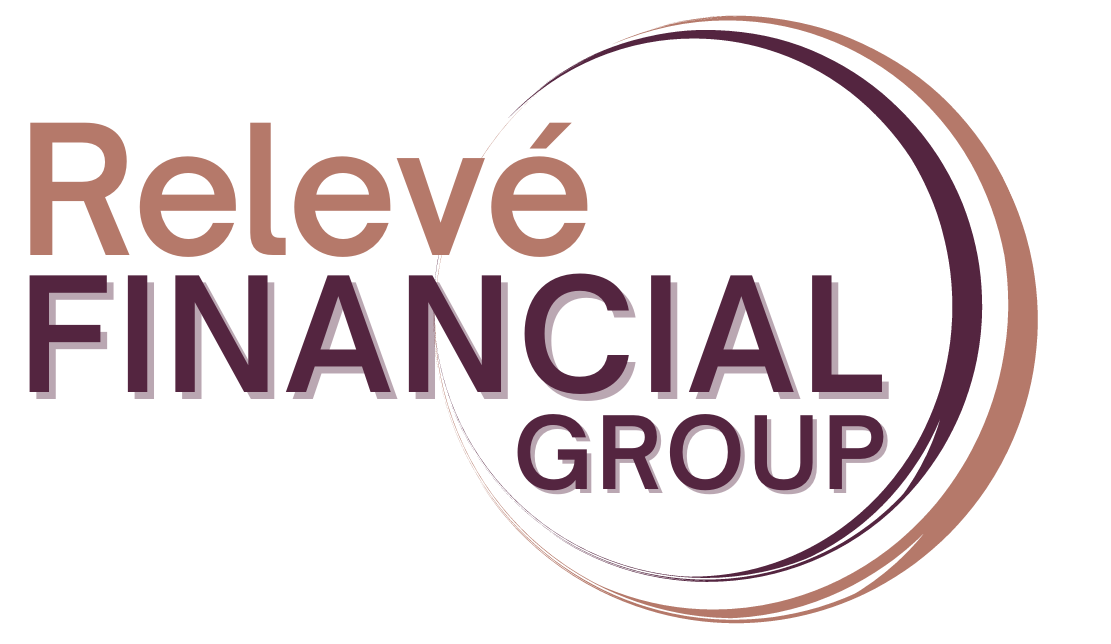All data and commentary as of April 7, 2022.
There is no doubt that the first quarter of 2022 was a wild ride. The recovery we saw in the second half of March gave some respite to equities after the downward trend we saw in the first two months of the year, with the S&P 500 ending the quarter down 4.6% year to date. However, there are still some market headwinds on the minds of investors including rising interest rates, surging inflation, and continued geopolitical issues (see our recent note on the Russia/Ukraine conflict HERE).
The FOMC announced a 0.25% rate hike in their March meeting, marking the advent of their 2022 campaign to fight inflation. Economists have been calling for monetary tightening for months, as the consumer price index rose to a 7.9% year over year rate in February (its highest level since 1982). With inflation far exceeding the Fed’s 2% target, most analysts expect at least 7 rate hikes this year in an effort to clamp down on these rampant price increases to consumers.
Conceptually, rate increases help curb inflation by affecting the flow of the economy in two ways. The cost of borrowing goes up – meaning that it is more costly for consumers to take on mortgages, credit card debt, and loans. On the flip side, this also boosts interest rates on savings accounts. These two factors work in tandem to guide consumer behavior toward decreased spending and increased saving – which cools off the economy over time. This also impacts businesses (and their stocks), as it becomes more expensive to raise capital for new ventures and a higher rate of return is needed to offset the cost of debt in order to make a profit on their projects.
We see this continued volatility as an opportunity to revisit two of the most important tenets of a successful long-term investor:
- Focus on the factors that are controllable (asset allocation and savings rate).
- Stay invested for the long term and avoid timing the market.
Ongoing market turbulence and gloomy headlines can tempt investors to jump out of the market in anticipation of a drawdown, but this often does more harm than good historically. Over the last 20 years (1/1/2002 to 12/31/2021 – CHART HERE), 7 of the 10 best days in the stock market occurred within 2 weeks of the 10 worst days. Over the same period, missing out on just 10 of the best days in the market would have cut your annualized return nearly in half from 9.52% to 5.33%. Timing the market typically leads to locking in losses, not outsized gains.
At Relevé, our portfolio construction process involves stress testing our models for a multitude of potential market events, and we believe our portfolios are well positioned for the current environment. We have diversified our bond exposure over the past few months to include inflation fighters that have historically outperformed their peers in periods of rising rates and inflation (nontraditional bonds and floating rate notes) and shortened the duration of portfolios which makes them less sensitive to rising interest rates. On the equity side, we continue to prioritize diversification and balanced exposure to numerous asset classes across multiple geographic, size, and style factors.
While this quarter comes with a lot of updates, it’s important to remember that Relevé stands behind its mission to support and provide quality advice for our clients!

Jake Fromm | Lead Investment Analyst, CFS® | It is our mission to help you think differently about your wealth so you can LIVE WELLthy™ today and tomorrow.
